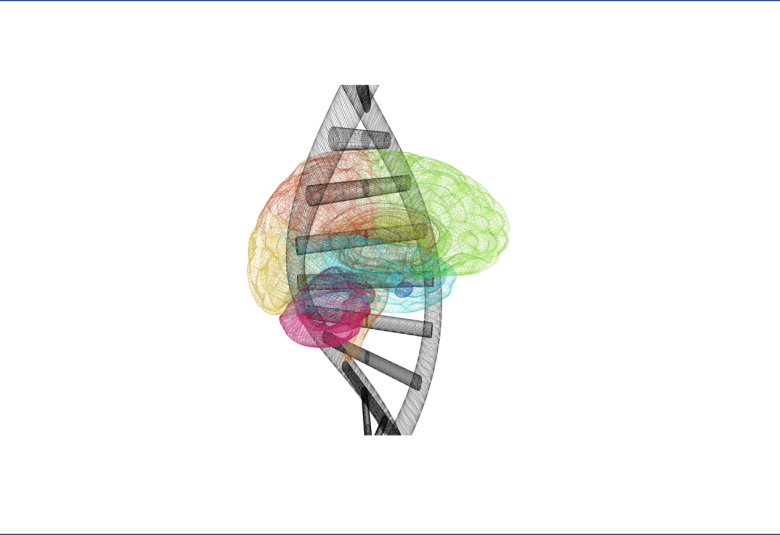As part of the spotlight bipolar team, I was very keen to hear the thoughts of experts in bipolar I talk at this important meeting IRPB 2015. This meeting focussed on whether or not temperament was important in the diagnosis of the condition.
The meeting opened with a short welcome by the revered Professor Maria Luisa Figueira, Portuguese psychiatrist and academic known for her research in clinical and experimental psychopathology and psychopharmacology, particularly in relation to bipolar disorders and schizophrenia.
A Professor of Psychiatry and Director of the Department of Psychiatry at the University of Lisbon Faculty of Medicine and Head of the Psychiatric Department at the Hospital de Santa Maria in Lisbon, Professor Figueira was excited about the start of what she called one of the most important conferences on bipolarity.
Focus on the individual
The opening session at IRPB 2015 started with a poignant reminder that bipolar disorder doesn’t define an individual. “I am NOT bipolar, I HAVE bipolar” was the caption to one of Dr Elie Hantouche’s slides.
With the stage set to focus on the importance of the individual, the session moved towards the benefit of identifying different temperaments and how this aids the management of bipolar.
The dominant temperament be it cyclothymic, hyperthymic or depressive, for example, is fundamental in terms of the impact on psychopathology and personality and prediction of response to stabilisers.
Treatment guided by temperament
Dr Hantouche, Psychiatrist, La Pitié Salpêtrière, Paris and a specialist in bipolar disorder with over 20 years of research, presented results of a study by Rybabowski et al1. The study showed a more positive correlation between a hyperthymic temperament and response to lithium compared to depressive, cyclothymic, irritable or anxious temperaments.
“The choice of mood-stabilisers cannot any longer be linked to the diagnosis of bipolar disorder alone, but to different bipolar disorders with particular clinical profiles. Clinical experience shows that the best sub-typing of bipolarity should be based on refined assessment of affective temperaments.”
RIPOST questionnaire
“In order to refine clinical subtypes of bipolar spectrum, we explored affective temperaments, by adding to the TEMPS-A questionnaire a new scale called “RIPOST”, which is designed to assess basic elements of affective temperaments: Reactivity, Intensity, POlarity and STability.”
Empirical data with hundreds of patients treated in our centre showed that premorbid temperamental traits are fundamental to understanding bipolar spectrum subtypes.
Irritable and cyclothymic temperaments are key
The next speaker, Dr Elie Karem, Department of Psychiatry and Clinical Psychology, Faculty of Medicine, Balamand University, Beirut, Lebanon, presented his study which controlled for the well-established correlations between the 5 affective temperaments: depressive, cyclothymic, hyperthymic, irritable, and anxious.
The study included in-depth interviews with 279 consecutive outpatients who were assessed through an “episodic” screener using the hypomania symptom checklist (HCL-32) and for their non-episodic “traits” through the Temperament Evaluation of Memphis, Pisa and San Diego Autoquestionnaire (TEMPS-A).
Of particular significance, was the combination of irritable and cyclothymic temperaments, which were present in 70% of bipolar patients compared with 30% of non-bipolar patients. “This could carry important consequences for understanding the aetiology and treatment of this group of disorders,” said Dr Karem.
In a post-session interview, Dr Karem told me: “Using temperaments as a guide gives the clinician an additional tool to be sensitive to the diagnosis of bipolar disorder. It helps us to make a diagnosis we frequently miss. Temperaments are inherent in patients and remain regardless of the patient’s clinical state and even after they get well.”
Continue the conversation on Twitter at #IRPB1
Our correspondent’s highlights from the symposium are meant as a fair representation of the scientific content presented. The views and opinions expressed on this page do not necessarily reflect those of Lundbeck.




